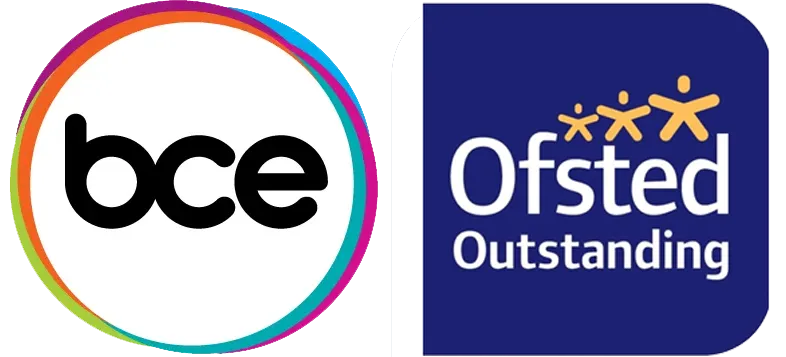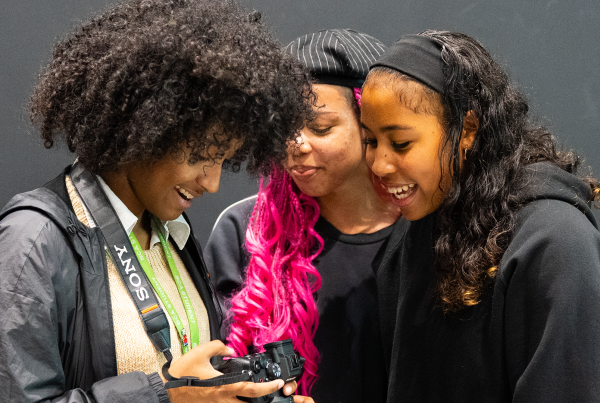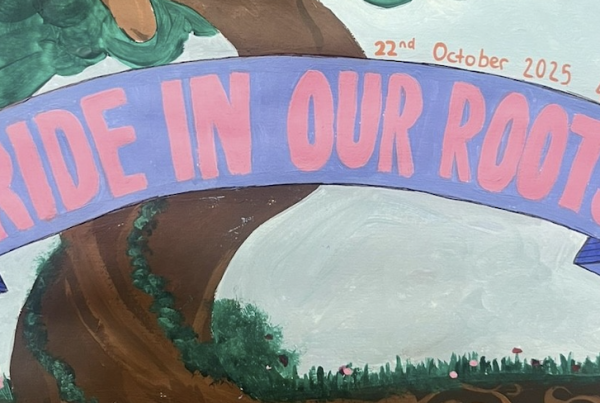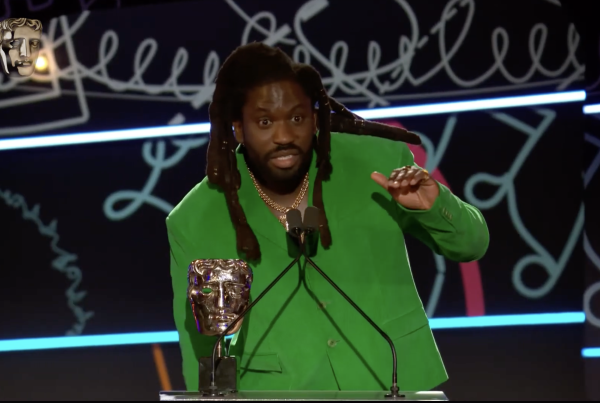
Becoming a dance teacher is a rewarding career choice that combines technical skill, creativity, and a passion for helping others express themselves through movement. Whether you’re teaching children, teens, or adults, dance educators play a crucial role in fostering self-confidence, discipline, and artistry in their students. And with the growing demand for dance teachers in various settings—be it schools, private studios, or community centres—there has never been a better time to embark on a career in dance education.
However, before you can begin teaching, it’s important to understand the qualifications, certifications, and experience you’ll need to succeed in this dynamic profession. This guide will walk you through the various paths to becoming a qualified dance teacher in the UK, explain how you can stay updated on the latest dance trends, and highlight how BCE’s Dance course can serve as an essential stepping stone for aspiring dance educators.
What Qualifications Do You Need to Be a Dance Teacher in the UK?
In the UK, becoming a dance teacher requires a combination of formal education, specialised qualifications, and practical experience. Here are some of the main qualifications and steps to consider:
1. Formal Education and Degrees
While it’s not always a requirement, having a degree in dance or a related subject can significantly boost your career prospects. Many aspiring dance teachers pursue a BA (Hons) in Dance or a Master’s degree in Dance Education to deepen their knowledge and skills in performance, choreography, and pedagogy. Some of the more well-known institutions offering these programmes include the London Contemporary Dance School, the University of Roehampton, and the University of Chichester.
2. Dance Teacher Training Courses and Qualifications
For those who want to teach in professional dance schools or studios, enrolling in a recognised teacher training course is a must. These courses often culminate in certifications that show you’ve attained a high level of proficiency in both dance and teaching techniques. Some well-regarded dance teacher qualifications in the UK include:
- ISTD (Imperial Society of Teachers of Dancing): This certification is one of the most widely recognised teaching qualifications for various dance styles, including ballet, modern, jazz, and tap.
- RAD (Royal Academy of Dance): Known for ballet, RAD offers teaching qualifications at various levels, from student teacher to registered teacher.
- IDTA (International Dance Teachers Association): This global organisation offers teaching certifications in a wide range of dance genres, including ballroom, Latin, and hip-hop.
3. First Aid and Safeguarding Certifications
As a dance teacher, you’ll be working with students of all ages, so it’s essential to have a valid first aid certification and knowledge of safeguarding practices. This ensures you can respond appropriately in emergencies and create a safe environment for your students.
4. Experience as a Dancer or Teaching Assistant
Practical experience is key to becoming a great dance teacher. Many aspiring educators start as dance assistants or teaching interns, where they can gain hands-on experience and learn from established instructors. The more diverse your experience in different dance styles and teaching environments, the better equipped you’ll be to adapt to various teaching situations.
5. Ongoing Professional Development
Becoming a dance teacher doesn’t stop with certifications. To stay relevant and effective in your teaching, continuous professional development (CPD) is essential. Attending workshops, gaining new qualifications, and exploring different styles of dance will ensure you’re always growing as an educator.

Staying Current: How Dance Trends Shape Dance Teaching
In the world of dance, trends evolve quickly. As a dance teacher, it’s essential to stay up to date with current dance styles, especially if you’re teaching younger students or offering contemporary dance classes.
One of the most significant ways in which dance trends are shaping teaching today is through platforms like TikTok, where viral dances often shape what people want to learn. TikTok dance trends are not only fun but can serve as a powerful tool for dance teachers to connect with students, making classes more engaging and relevant.
Incorporating trending moves or techniques into your lessons helps students stay motivated, and it allows them to feel like they’re part of something exciting and culturally relevant. But it’s also important to balance these trends with classical training to provide a well-rounded dance education.
How to Stay on Top of the Latest Dance Trends
As a dance teacher, it’s crucial to continuously stay on top of the latest trends to remain relevant and keep your students excited. Here are some practical ways to stay informed:
1. Follow Social Media Platforms
Social media platforms like TikTok, Instagram, and YouTube are great ways to discover the latest viral dance trends. TikTok, in particular, has become a hub for new dance crazes, with choreographers and influencers regularly posting the hottest moves. By following popular dancers and choreographers, you can get ideas for your lessons and even teach your students the latest moves and dance routines.
2. Attend Workshops and Conferences
Attending workshops and dance conferences is a great way to stay up-to-date with new techniques and emerging trends. These events often feature renowned dancers, choreographers, and educators, offering you the opportunity to learn directly from industry professionals.
3. Engage with the Dance Community
Networking with other dance professionals, whether through online forums or local dance organisations, can help you stay informed. Engaging in conversations with other teachers and dancers allows you to exchange ideas, discover new styles, and get insights into how others are integrating trends into their teaching.
4. Take Additional Courses
Many institutions and organisations offer short courses, online classes, or evening sessions dedicated to current dance trends and teaching techniques. Even if you are a qualified teacher it is important to continue to learn and develop.
What Are the Latest Dance Trends for 2024?
Dance trends evolve rapidly, and the year 2024 is no exception. Some of the most popular dance trends include:
- TikTok Dances: TikTok continues to be a driving force in popularising dance moves. From catchy hip-hop routines to fun group challenges, TikTok dances are all about keeping it short, engaging, and accessible. These dances are great for teaching rhythm, coordination, and creativity.
- Urban and Street Styles: Genres like hip-hop, locking, and krumping remain at the forefront of street dance culture. In 2024, teachers are focusing on making these styles more accessible to beginners while encouraging freestyle expression.
- Contemporary Fusion: Mixing traditional ballet and contemporary styles with jazz, modern, and even street elements is a growing trend. This fusion allows students to explore new movements and become more versatile dancers.
- Wellness and Mindfulness in Dance: As mental health becomes an increasingly important topic, there’s been a growing trend in incorporating mindfulness and wellness into dance classes. Teachers are focusing on body awareness, injury prevention, and using dance as a form of self-expression and emotional release.
Incorporating these trends into your lessons will keep students excited and motivated to learn, while also helping them develop well-rounded dance techniques.
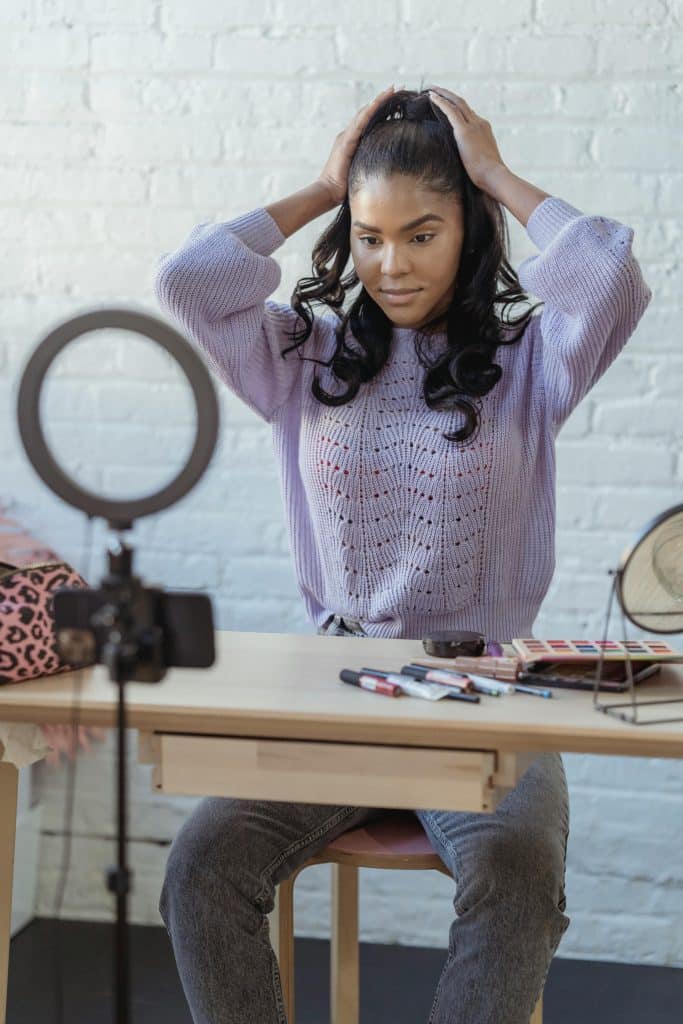
How BCE’s Dance Course Can Help You Become a Dance Teacher
BCE’s Dance course is designed to equip aspiring dance teachers with the skills and qualifications they need to succeed in the competitive world of dance education. The course offers a comprehensive curriculum that covers not only various dance styles—such as ballet, jazz, and contemporary dance—but also pedagogy, anatomy, and choreography.
The hands-on experience you’ll gain through this course, including teaching practice and exposure to real-world teaching environments, will ensure you’re prepared for a successful career. BCE’s course also provides you with the qualifications needed to gain recognition from leading dance associations like the ISTD and RAD, making it an excellent pathway for anyone serious about becoming a qualified dance teacher in the UK.
Ready to Start Your Career in Dance Education?
If you’re passionate about teaching dance and helping others unlock their potential, BCE’s Dance course is an excellent next step in your career journey. Whether you’re looking to work in a school, a dance studio, or run your own business, the course will give you the foundation and credentials you need to succeed in this exciting field.
To learn more about how BCE’s Dance course can help you on your path to becoming a dance teacher, visit our website and explore the course offerings. It’s time to take the first step towards a fulfilling and dynamic career in dance education.
By understanding the qualifications needed, staying on top of dance trends, and pursuing formal training through a course like BCE’s Dance, you’ll be well on your way to becoming a successful and highly sought-after dance teacher in the UK.
